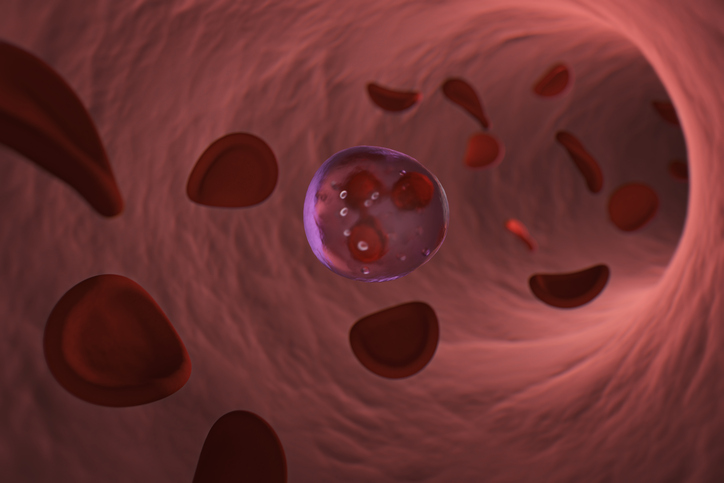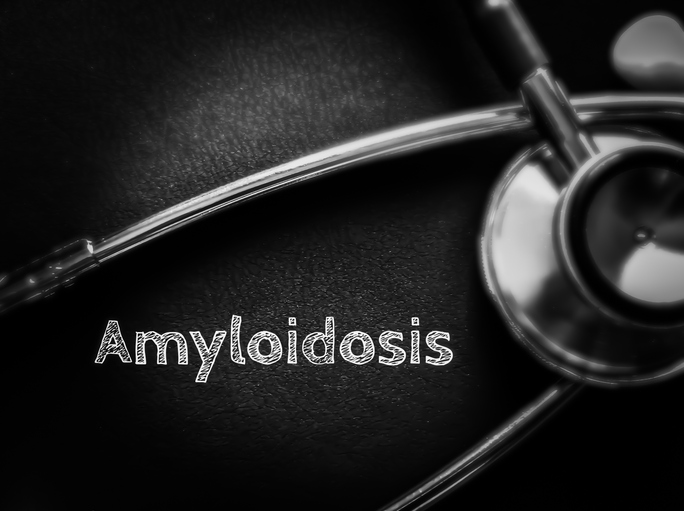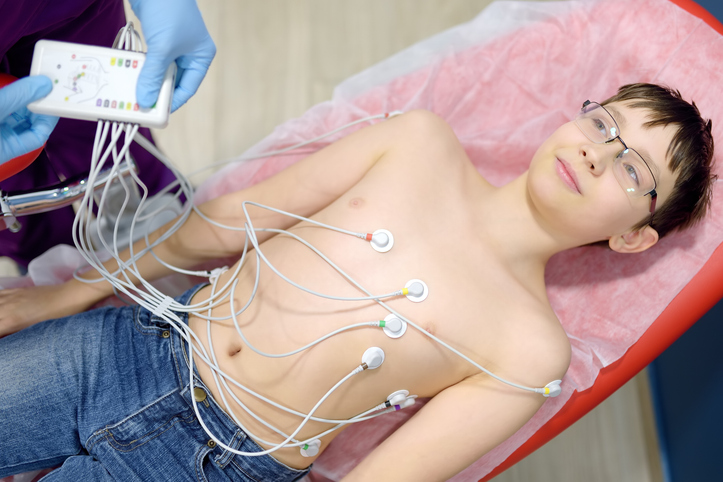Sergio Aguirre Discusses Holographic Therapy Guidance for Heart Procedures
By Patrick Daly - Last Updated: April 27, 2023Holographic Therapy Guidance (HTG) is a new technology developed by EchoPixel that generates a real-time digital holographic “twin” of a patient, allowing physicians to conduct complex minimally invasive procedures with an unobstructed view of their tools during the operation. So far, HTG has primarily implemented in cardiology procedures, most recently a MitraClip procedure.
DocWire spoke with Sergio Aguirre, Founder and CEO of EchoPixel, about the new technology, how it came to be, and what opportunities there are to implement HTG and improve patient outcomes.
DW: How does HTG technology work?
SA: So our product, Holographic Therapy Guidance, is a software platform that allows physicians to experience a digital twin of a patient as a hologram from standard medical images and real-time ultrasound. So what happens is imagine that a physician is at the table in the cath lab and he can be reviewing a plan from say, pre-op CT images or other types of images that he’s looking at and interacting as a digital twin of the patient on top of the table. And then he can turn on live echo. So that could be TEE or 4D ICE, or in some cases if they’d like to do transthoracic. So they would see a beating heart with color doppler or they would be able to understand the blood flow. And so this ability to see this digital twin as a hologram allows them to have an easier way to understand a minimally invasive therapy and how to navigate through that procedure.
DW: How Do You See HTG Changing the Cardiology Space?
SA: So what we’re really seeing is it’s facilitating and democratizing what we are seeing as modern interventional procedures, both instructional heart, congenital heart defects and electrophysiology. So what we’re seeing is that procedures now are no longer a simple advance and retract catheter movement. They require precision guidance of catheters to be able to deliver an implantable device or energy in the case of electrophysiology. So the ability to be able to, with standard imaging that’s available today, give a physician a clear understanding of where the anatomy is relative to their catheters and how they’re navigating heart chambers while the heart is moving, is something that we see as democratizing these therapies. So making or leveling out the playing field, but also facilitating for these therapies to deliver on their promise of precision medicine in a faster way.
DW: What Imaging Data Can HTG Interpret?
SA: So we use standard imaging, so that’s CT, MRI, ultrasound, and angiography images. There’s no pre-processing of the data, so you just double-click on the patient and in 10 seconds the data’s going to be visible. In the case of the planning data, if it’s just a 3D volume, you’re going to see the anatomy there. If it’s a 4D data set, you’ll be able to see the heart beating. And obviously with 4D echo, this would be something where you would see the heart contract, you would be able to see the leaflets move for heart valves, and you’re able to also understand the direction of blood flow with color Doppler.
DW: What Problems Does HTG Solve?
SA: This is an add-on technology that we see facilitates the process. So a lot of times, hospitals that are trying to ramp up their structural heart programs struggle to build a high quality team because you have to have this ability to acquire images and communicate them right now to the implanter, which is another team member. But this way, you can facilitate the process of acquiring the data. TEE probes or ultrasound probes in general have evolved quite a bit so you get a lot of high resolution data, but it’s not presented as anatomy for the implanter. And so this way, when you include HTG from EchoPixel, you facilitate the acquisition process, but you also facilitate quite significantly the interpretation process of the images. Essentially, there is no more interpretation. The physician is looking at the actual body part of the patient in real time and can go ahead and navigate for his procedure.
DW: What Was the Motivation Behind EchoPixel and HTG?
SA: EchoPixel is a company that came about from my… My initial idea around EchoPixel was that medical images are a prime data source that is acquiring volume data sets, and for some reason, traditionally they have been consumed as 2D images. So my background is really on visualization and technology development for visualization, and I felt that it was a prime opportunity to evolve to be able to have this holographic experience for physicians and expand the use of images beyond radiology or imaging experts.
DW: What Drove HTG’s Development? How Did Heart Procedures Become the Focus?
SA: We started very early on with the planning product that is out there in the market, but we found very quickly that physicians that were doing procedures, and especially physicians that wanted to do minimally invasive procedures, really depend on imaging and depended on this imaging team resource that a lot of times it’s challenging to obtain, but also a lot of time it’s just challenging for them to just process images. So if you’re thinking about a 3D print, it’s going to take them days, sometimes weeks, depending on the complexity of that. So we have evolved our initial planning product to serve that community of minimally invasive operators, if you want to define them like that, interventional cardiologists, electrophysiologists. Obviously you can take it into any minimally invasive procedure, but we chose cardiology because it was the highest value application and there’s some significant opportunities to improve outcomes for patients.
DW: How Has HTG Been implemented in Real-World Practice So Far?
SA: It’s interesting. We’ve had very positive response from physicians. Right now we’re still in a stage where we’re, I would say, finalizing our initial rollout. So we’re very close to the sites that are using the technology, and many times we’re doing firsts procedures still. We selected left atrial appendage because we felt it was sufficiently complex procedure because of the transseptal cross, but also sufficiently simple because you’re just reaching into the LAA. We’ve now grown into MitraClip or edge to edge repair and the mitral space. We are beginning to do [inaudible 00:07:21] leak repairs as well. And we’re also actively looking at some tricuspid procedures and the electrophysiology space.
DW: What’s Next?
SA: Some of the new things that we’re thinking about are really workflow automations or workflow related. Now that we have a lot more experience on what the therapies are, there’s a lot of shortcuts that we’re finding that we can just bring to the physicians. And obviously we’re still expanding the clinical indications. So there’s a lot of opportunities to get beyond structural part and into electrophysiology. There are some new probes that the imaging companies are bringing forward, so that’s also opening up more applications in the congenital space with younger patients as well. So a lot to do and a lot of exciting opportunities.







 © 2025 Mashup Media, LLC, a Formedics Property. All Rights Reserved.
© 2025 Mashup Media, LLC, a Formedics Property. All Rights Reserved.